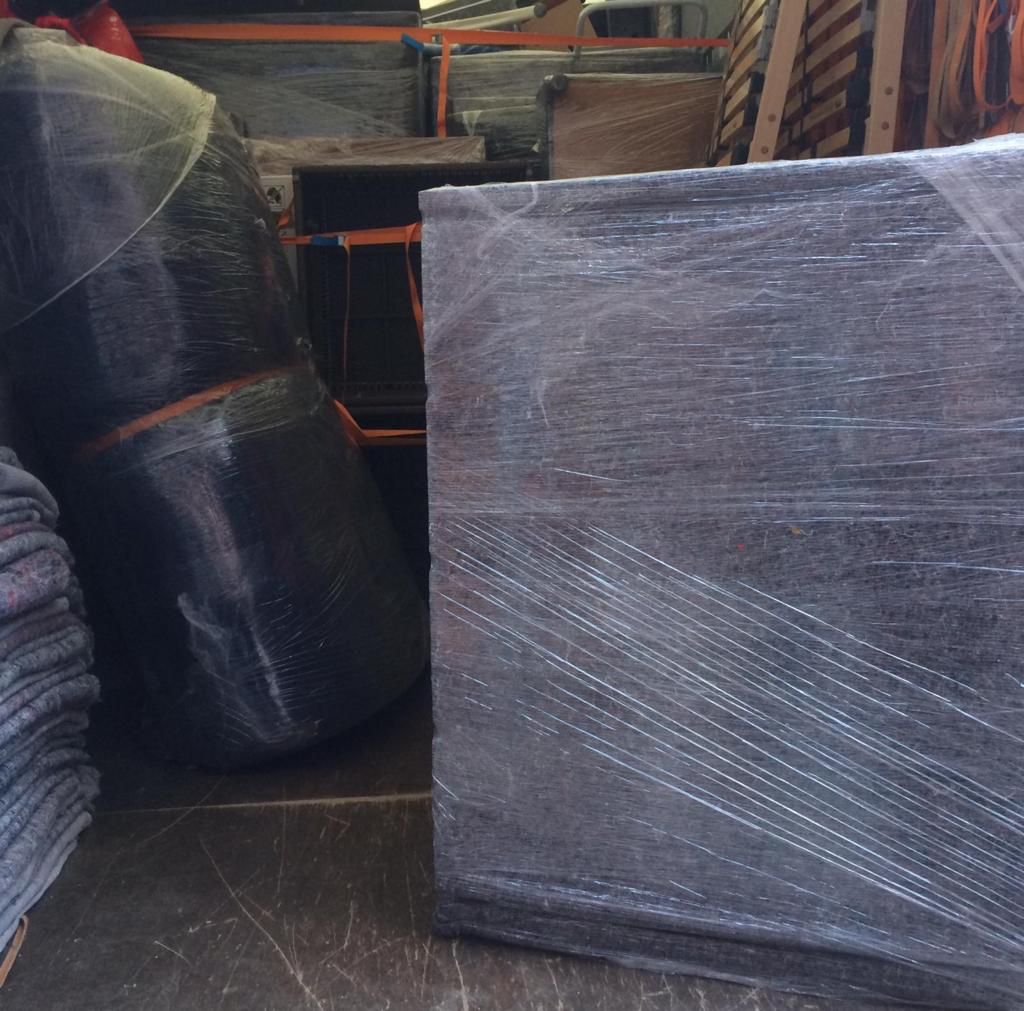What To Anticipate From Osteopathic TherapyWhat To Anticipate From Osteopathic Therapy
Osteopathy is a manual kind of physical therapy that aims to restore the body’s natural balance. It could involve massaging soft and connective tissues, articulating limbs, or the manipulation of muscles, joints and tendons. Having said that, osteopathy is a gentle, non-invasive type of therapy that is component of an holistic strategy to fantastic overall health and really should not bring about undue discomfort.
At the outset of your treatment your osteopath will ask you queries concerning your health-related history (which includes any accidents or traumas), way of life and all round sense of effectively-being, as effectively as the much more precise nature of your complaint. (If you have recently undergone x-rays or tests, it is advisable to bring this material to an initial examination.) Your osteopath may also want to test your coordination and reflexes, and your blood pressure.
This will then be followed by a thorough physical examination that will discover your bones, joints, muscles, ligaments and tendons. Your osteopath may perhaps also want to test the flexibility of your arms, legs and back, and will also appear very carefully at your spine, perhaps examining your posture and balance. During an initial examination or subsequent osteopathic treatment sessions, you may perhaps be asked to take away your prime layers of clothes to allow your osteopath to get a clearer view of your physique and the impacted location.
As a outcome of this examination, your osteopath will make a decision upon a personalised therapy plan and will share with you the course of action as properly as the outcomes that can be expected as the remedy progresses, alongside an anticipated timeframe for the therapy. It might be that only a couple of osteopathic sessions are important, probably followed by an occasional check-up, or your osteopath could recommend a common course of therapy.
Your osteopath may well also talk about with you at this time adjustments that you may be in a position to make to your life style or functioning habits that will assist to alleviate your condition or to protect against it from returning in the future. This may perhaps include being provided some workout routines to undertake at property, or resting the affected part of the physique.
Osteopathic Manipulative Treatment (OMT) is usually employed in an osteopathic therapy session. A patient could possibly sit or lay on a table as the osteopath gently applies a precise amount of physical pressure to a particular place, possibly the affected location but also possibly at another point on the physique. The aim of this is to relax the tissues exactly where the patient is feeling pain or discomfort so as to restore muscle and tissue balance, relieve restricted joints and to promote the flow of bodily fluids. London osteopathy may possibly sometimes require a brief, forceful movement referred to as a higher-velocity thrust, when you could hear a clicking or popping noise. This is not painful and is completely regular and to be anticipated.
Even so, OMT is not the only procedure employed in an osteopathic clinic. Soft tissues may well be massaged, joints could be articulated or mobilised, muscle tissues can be exercised by way of stretching and resistance, or visceral strategies may possibly be applied, i.e., the gentle and rhythmic manipulation of internal organs. All of these approaches are aimed at restoring balance and stimulating the body’s natural capacity to heal itself.
Osteopathic manipulation and treatment is not painful, even though there can often be feelings of discomfort as an injured portion of the body is manipulated, or alternatively you could experience a mild soreness promptly following a therapy session in the same way as you may following physical physical exercise. Nevertheless, the process of osteopathic remedy does not involve painful stresses or exertions on the physique and it really should be noted that as osteopathy entails personalised treatment plans, osteopathic manipulation could not be required in each and every case or at every single remedy session.

